The All-Natural Rewards Of A Compost Heap
In this blog post, we talk about the all-natural rewards of a compost heap, a few tips on how to maximise your composting at home, and the value that creating your own compost can bring to your own gardening efforts.
As a gardener, one is often faced with an abundance of organic waste, from grass clippings to leaves, and dead plants. However, what many don’t realise is that this waste is not just a burden but a valuable resource that can be transformed into top-quality compost. Throwing this waste away to be transported to a landfill site is not only a waste of good compost, but it’s also a waste of resources that goes into the process of transportation. In this article, I’ll share my expertise on how to create and maintain a compost heap that will provide you with a valuable and eco-friendly addition to your garden.
The thought of having a compost heap in one’s garden can be daunting, as many people associate it with heaps of rotten garbage that emit foul odours. However, with the right maintenance, you can create a compost pile that not only provides great compost but also does not emit unpleasant odours.
Benefits of Owning & Using a Composter
- Diverts waste from the landfill and reduces the amount of waste that needs to be collected.
- Creates a rich, nutrient-rich soil that is ideal for growing plants, vegetables, and flowers.
- Reduces the amount of methane produced by landfills, which is a potent greenhouse gas.
- Is an environmentally friendly way of managing waste and helps to promote sustainability.
- Can support local wildlife by providing a source of food and habitat.
- Provides a natural source of nutrients for plants, reducing the need for chemical fertilisers.
- Can save you money be negating the need to buy shop-brought fertiliser and compost.
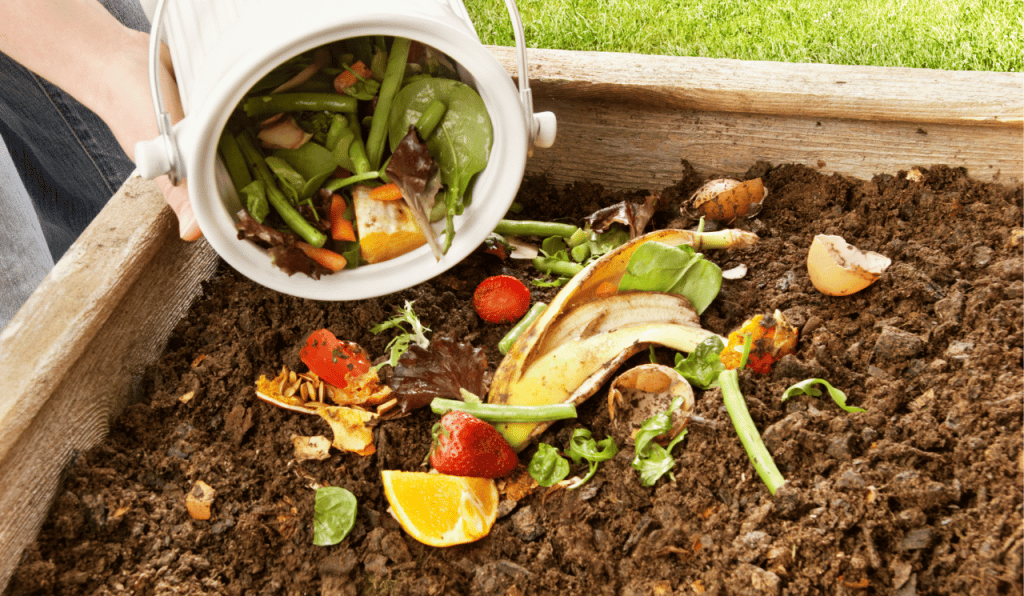
A compost heap can be located anywhere in your garden, but most people prefer to place it at the end, furthest away from their home, so that it’s out of site. It can be filled with a variety of organic waste, such as leaves, grass clippings, food scraps, and even newspaper (just be mindful to limit the amount of newspaper to a fifth of the pile as it takes longer to decompose).
To get the best results, aim for a larger area rather than a deep pile, as the deeper sections won’t receive enough oxygen to support the decomposition process. In fact, if you have a shed or a tool shack, consider placing the compost heap on the roof to maximize the space while keeping it out of sight.
Once you have a large assortment of materials in your compost heap, moisten the whole pile to encourage composting. Chop every element of the pile into small pieces and aerate the pile regularly to increase oxygen flow, which is essential for decomposition to take place. You can use a shovel to mix it up or an aeration tool to poke tiny holes into it.
In conclusion, maintaining a compost heap is a fantastic way to reduce waste and create valuable compost for your garden. However, it is important to select the right spot, moisten the pile, chop the materials into small pieces, and aerate it regularly to ensure the composting process takes place correctly. With the right care, you’ll have a compost pile that will not only provide great compost but also will not emit unpleasant odours.

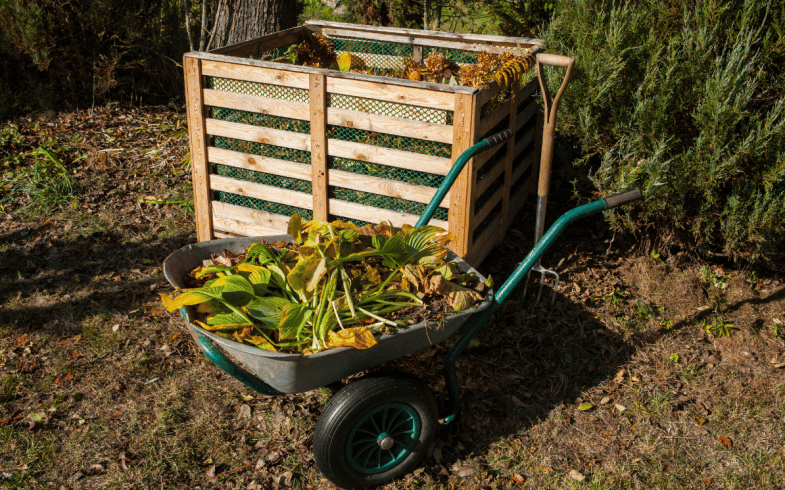
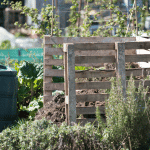
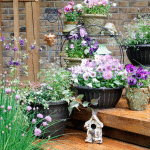
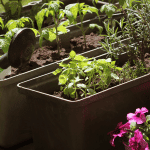
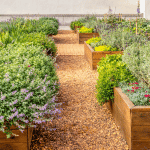









No comments.